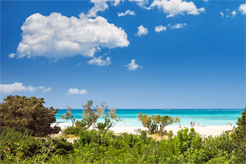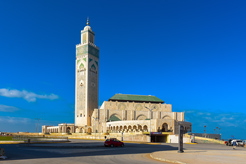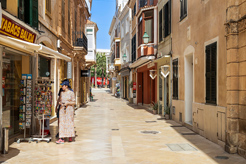Why Kenya is the perfect winter escape
Divided almost exactly into two by the equator, at a similar latitude to the Seychelles and Bali, Kenya* is ideally situated to be the perfect winter escape.
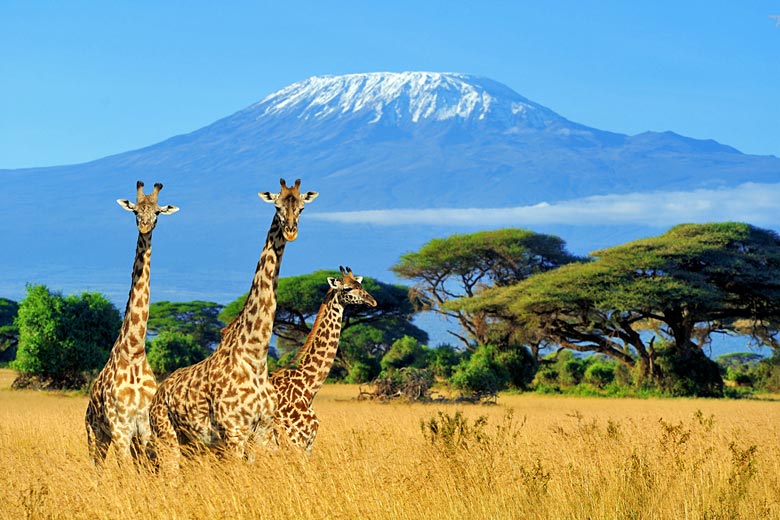
And I'm not the only one to think so. King Charles III chose it for his first visit within the 56-nation Commonwealth as monarch. Meanwhile, a bevvy of popular tour operators has unveiled new winter package deals to this stable, English-speaking East African nation.
Kenya's almost 900 miles (over 1400 km) of Indian Ocean coastline has no shortage of extraordinary white sand beaches, alongside plenty of snorkelling and diving opportunities.
Move inland, and you're never far from quintessential safari experiences, including the chance to catch sight of the Big Five species in the Masai Mara and Tsavo East National Park.
Throw in the chance to climb Africa's second-highest peak and a fascinating history, and you've hit on a wealth of reasons to head to Kenya this winter.
Getting to Kenya: browse the latest offers on holidays to Kenya with TUI*, which launched new getaways for winter 2023/2024.
Beaches you wouldn't believe
Mutter the words 'Indian Ocean beaches' and it's likely palm trees, soft white sands and azure blue shallows which come to mind. And that's exactly what you can expect along the country's southern coast. So why not swap the snow of home for the snow-white sands of Kenya?
Head to Diani Beach*, and you'd probably never realise that Kenya's second city Mombasa*, and its international airport, was just an hour's drive away.
The beach is long enough that it's impossible to stand at one end of its 11-mile (17 km) length and see the other. But Diani Beach is also blessedly wide, meaning not even popular sections ever feel crowded.
Plus, unlike rival winter sun destinations, the choice of accommodation ranges from backpacker to luxe, with a nightlife to match.
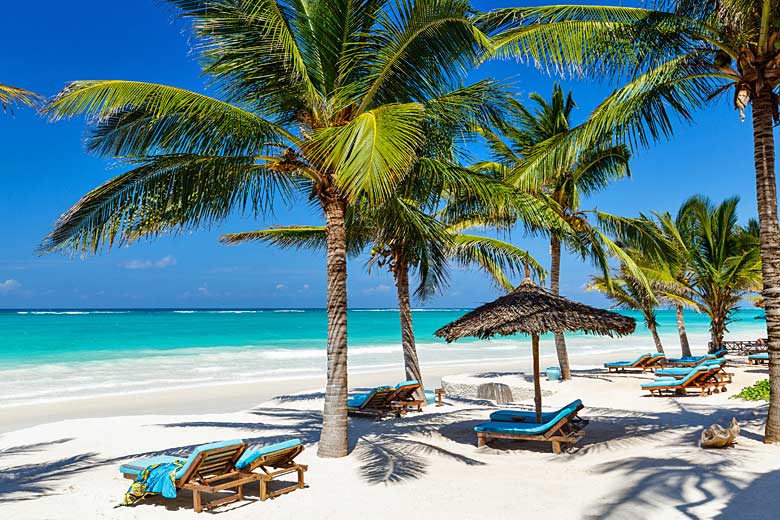
Elsewhere along Kenya's coast, Watamu and Malindi* offer twin centres of chic beachside dwellings with a European air.
Malindi, in particular, has long been a favourite with Italian sunseekers with the ice cream stalls to prove it. For under-the-radar stays, head instead to nearby Mambrui, whose beaches are deserted by comparison and accommodation lovingly homely.
Top-notch snorkelling
With year-round warm waters, on a winter holiday in Kenya you can do more than just gaze at the deep blue as you soak up the vitamin D.
The shallows off both Watamu and Malindi lie within protected marine reserves, with their colourful coral reefs easily accessible either directly from the shore, as in the case of the reefs off Watamu Beach or via short boat rides.
No fewer than 600 different species of fish have been recorded by scientists on the reefs of Kenya's south, meaning the chance to spot fan favourites like clownfish and their anemone hosts is never far away.
There's also a good possibility of spotting green and hawksbill turtles, while bottlenose dolphins can be sought out at Malindi Marine National Park.
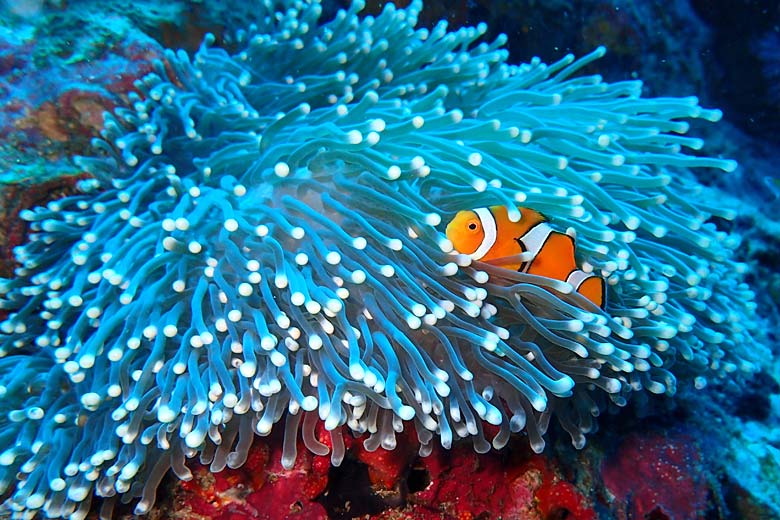
Meanwhile, little-known Kisite-Mpunguti Marine Park in Kenya's far south is just as impressive.
Protecting three tiny islands built of coral, Kisite is making a name for itself because of its population of 70 resident dolphins. However, the winter months are also the best time to see turtles and whale sharks in its waters.
Out-of-this-world diving
Nor is Kenya's coast for snorkellers alone. It also has a fantastic reputation with scuba divers thanks to its range of natural and artificial reefs, which include the wreck of the Dania, deliberately sunk in 2002 at a depth of 30 metres.
Elsewhere, divers can drift along the deep wall at Nyuli Reef in Kisite Marine Park, in addition to encountering leopard and whitetip reef sharks, manta rays and large grouper. Watamu's canyon fills a similar ecological role, while mid-ocean species are best explored around the Kinondo Reef dive site accessible from Diani Beach.
The best visibility for diving is found from October to March when currents are at their calmest and the annual dry season ensures there's little run-off from the country's rivers. If you're coming in search of manta rays, you'll need to visit between November and the end of January.
Discover Kenya: see more of the country on a great value escorted tour to Kenya with TUI*.
Safari to see the Big Five
Away from the coast, Kenya is even better known for its land species than its marine ones. The Masai Mara probably needs no introduction to wildlife lovers.
After all, its reputation as a Big Five (elephant, lion, leopard, rhino, and Cape buffalo) destination spans decades. The only protected space in Kenya with an indigenous black rhino population, its acacia-studded grasslands also boast cheetahs, giraffes and several hundred thousand grazers.
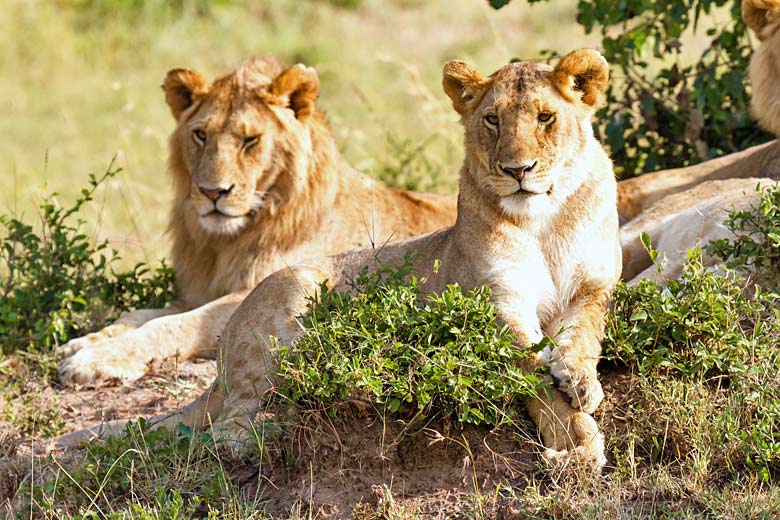
Fittingly, since it's home to some of East Africa's largest elephants, Kenya's biggest protected area is Tsavo East National Park. Also offering Big Five safaris thanks to its population of white rhinos, Tsavo East is a tempting alternative to the Masai Mara, especially when its 500 recorded species of bird are thrown into the mix.
You might think Amboseli National Park can't compete. However, few visitors fail to be charmed by the sight of its elephant herds with the backdrop of Mount Kilimanjaro in neighbouring Tanzania. What's more, January and February are probably the best months to visit.
Astonishing natural & cultural attractions
Kenya's natural wonders don't stop there either, with Mount Kenya's glaciers glittering from the second-highest point on the African continent.
It receives just half the number of hikers as Kilimanjaro, with a much more exclusive feel as a result, while most people agree its landscapes and setting are more interesting too. It's typically climbed from January to the start of April for the best hiking conditions.
A short distance away from Diani Beach, Mombasa is not only Kenya's second-largest city but also its oldest. Founded around 900 CE, its old town is a fascinating delve into an area inhabited by a succession of different peoples, starting with the Swahili and spanning everyone from Arab traders to the British.
If you see nothing else, don't miss the Portuguese-built Fort Jesus, a 520-year-old UNESCO World Heritage Site, which dominates the area.
Climate in Kenya
| Jan | Feb | Mar | Apr | May | Jun | Jul | Aug | Sep | Oct | Nov | Dec | |
|---|---|---|---|---|---|---|---|---|---|---|---|---|
| Maximum daytime temperature °C | ||||||||||||
| Hours of sunshine (daily) | ||||||||||||
| Days with some rainfall | ||||||||||||
| Sea temperature °C |
The above guide shows the climate in Diani Beach. Find out more about conditions across the country in our complete guide to the climate in Kenya.
Ready for some winter sun? Check out the latest deals on holidays to Kenya with TUI.
More about Kenya
- Overview
- Best time to visit
- Weather by month
- 5-day weather forecast
- Destinations
- Travel advice
- Deals & discounts
Kenya by month
Jan Feb Mar Apr May Jun Jul Aug Sep Oct Nov Dec
Explore holidays in the sun for less
- Beach holidays
- Family holidays
- City breaks
- Summer holidays
- Winter sun holidays
- Holiday offers
- Top travel brands
- Airlines & flights
- Discount hotels
- Airport parking deals
- TUI
- Jet2holidays
- easyJet holidays
- Love Holidays
- British Airways
Airport parking
- Manchester Airport
- Stansted Airport
- Bristol Airport
- Luton Airport
- Birmingham Airport
- Edinburgh Airport
- Gatwick Airport
- Glasgow Airport
- Newcastle Airport
Airport lounges
- Manchester Airport
- Birmingham Airport
- Bristol Airport
- Edinburgh Airport
- Glasgow Airport
- Heathrow Airport
- Newcastle Airport
- Stansted Airport
- Gatwick Airport
Be inspired
Get your weekly fix of holiday inspiration from some of the world's best travel writers plus save on your next trip with the latest exclusive offers
We promise not to share your details


























